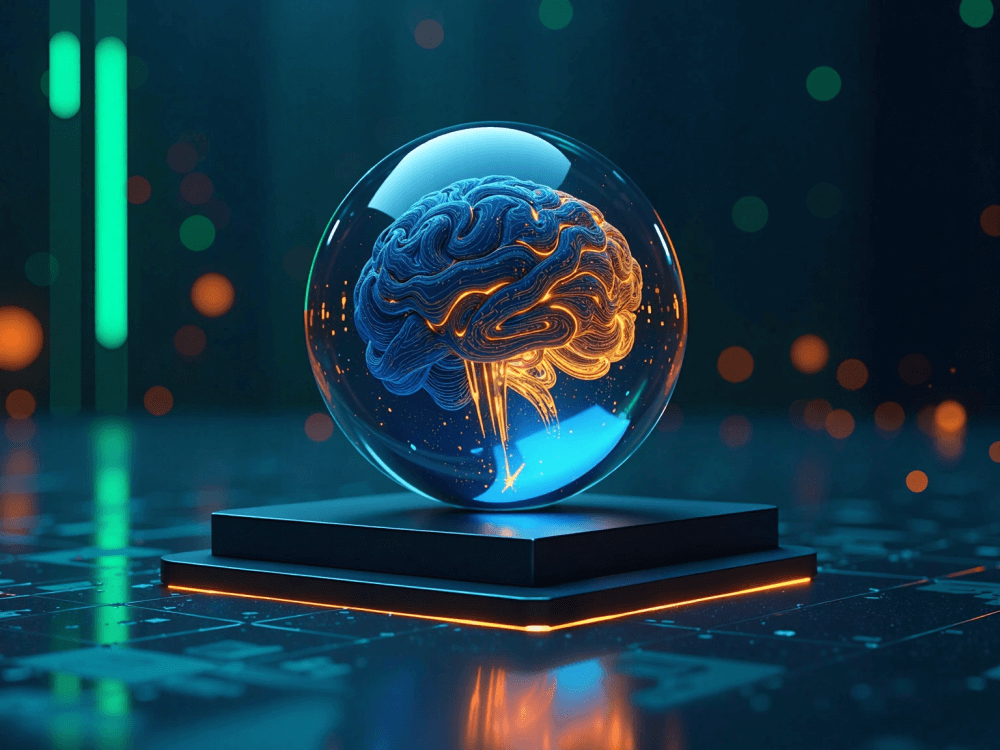From televisions to cars, and from fridges to smartphones, all modern devices rely on semiconductor chips. As these chips become increasingly compact, traditional measurement methods no longer suffice. This role involves leading projects that enh...
AI, ownership, and responsibility: a tool, not a thinker
The rise of large language models (LLMs) and AI agents has sparked a complex discussion about intellectual property (IP), ownership, and responsibility. While companies race to integrate AI into their workflows, and bigtech are maturing their AI agents, a critical issue emerges: how do we balance innovation with legal and ethical accountability? The answer lies in a fundamental truth that we don’t see being emphasized enough: AI is a tool, not an independent entity that possesses true intelligence. Responsibility always falls on the user, not the machine. A fact that everyone should be aware of.
![ai[1].jpg ai[1].jpg](https://www.themembercompany.com/cache/8308d3a035fec867e154f7854c31ad52/ai[1].jpg)
AI and IP: opportunity or legal minefield?
An increasing number of companies are deploying AI to analyze IP, identifying gaps, strengths, and potential threats in their portfolios. AI agents are extrapolating data and highlight loopholes in competitors’ patents today, giving businesses an edge. This raises a pressing question: when researching competitors, are businesses inadvertently creating risks for themselves? The law in jurisdictions like the EU and the U.S. mandates disclosure of relevant patent findings. Anyone who unleashes an AI agent on numerous documents and (unknowingly) possesses this data but fails to report it, is at risk. Simply attributing discoveries to AI does not absolve a company from legal responsibility. The user cannot claim ignorance by arguing that AI found the information and was unaware themselves. The user is still responsible for acting on it ethically and lawfully.
The misconception of AI’s ‘intelligence’
It is for that reason that the term “artificial intelligence” is misleading. AI does not possess intelligence in the human sense; it lacks moral background, intent, and independent decision-making abilities. Instead, it operates purely on statistics, probability, and pattern recognition. AI is akin to a hammer, it is a tool that can be used to build or destroy, but responsibility always lies with the user. This misunderstanding is dangerous because many users assume AI outputs are inherently correct, and we attribute more and more ‘responsibility’ to AI by having it perform tasks for us. But AI is only as reliable as the data it is trained on, and it cannot discern truth from misinformation.
That’s why the over-reliance on AI to make decisions without human oversight is a growing concern. AI agents, such as those being integrated into platforms like Alexa, demonstrate how automation is advancing. These agents used to only work when given concrete, clear prompts, but now they can interpret vague requests, search the internet autonomously, and deliver results. However, as AI becomes more embedded in daily life, the risk of centralization increases. When one company monopolizes data across platforms - calendars, emails, social media, and music preferences - it gains enormous power over user behavior and privacy. This poses a significant security challenge that must be addressed.
Ownership, copyright, and the nature of creativity
The debate over AI’s role in creativity is equally complex. Whose intellectual property is the AI-generated content? The company funding the AI? The developer who trained it? The end-user providing the prompts? Ownership gives the right to get commercial benefits from a service or good. AI is unable to commercialize anything, being that it is merely a tool used by the person operating it. So if the AI ‘created’ content and is now owned by the user, that leads us to a deeper question: does AI produce ‘new’ things? Think of images or texts that have never been written before. AI’s ability to generate content is based on combining existing knowledge and presenting the least probable yet viable combinations to produce output that is as close to being ‘original’ as possible. But is it ever truly ‘new’ when the output is based on information that is already out there? True creativity - especially in art - stems from human emotion and experience, not logic or probability. AI can mimic artistic styles, but it cannot create something fundamentally new, like Picasso’s cubism. This makes AI a powerful tool for ideation but not a replacement for human ingenuity. The wisdom to extract value from AI’s output remains uniquely human.

The path forward: education and governance
AI will permanently change the way we work, create and think. And that revolution demands a shift in perspective. AI does nothing of its own volition, but is a powerful tool that must be used skillfully. That requires technological maturity, starting with a realistic view of what AI can and cannot do. Education and training about AI should not only be about tools and prompts, but also about responsibility, privacy and ethics. Developers should build in safeguards against misuse, and users should learn where their own responsibility begins.
At a policy level, companies must balance AI-driven efficiency with ethical governance. Developers should implement safeguards to prevent AI from being misused, much like ChatGPT’s built-in protections against harmful queries (which can be fairly easily circled around). Ultimate responsibility will always lie with the end-user, not the AI itself.
The future of AI is bright, but only if we acknowledge its true nature: an advanced tool, not an autonomous thinker. It is, and will always be, our responsibility to use it wisely.
Disclaimer: This opinion piece is based on experience and should not be considered legal advice. Any risks taken based on this perspective remain with the reader. The article is written by Adonis Reyes, Intellectual Property Manager at TMC (on the left) & by Romain Huet, AI Engineer and Data Scientist at TMC (on the right).
![ai[1].jpg ai[1].jpg](https://www.themembercompany.com/cache/245280b7580fa617b425fa388158bc0b/ai[1].jpg)
As a Mobile Software Engineer, you will play a key role in the end-to-end development of mobile applications, contributing to every phase of the product lifecycle.

Reach out for opportunities, collaborations, or questions. We're here to connect.

![digital1[1].png digital1[1].png](https://www.themembercompany.com/cache/164b45a56446ae4ce83d04877e7279ea/digital1[1].png)


